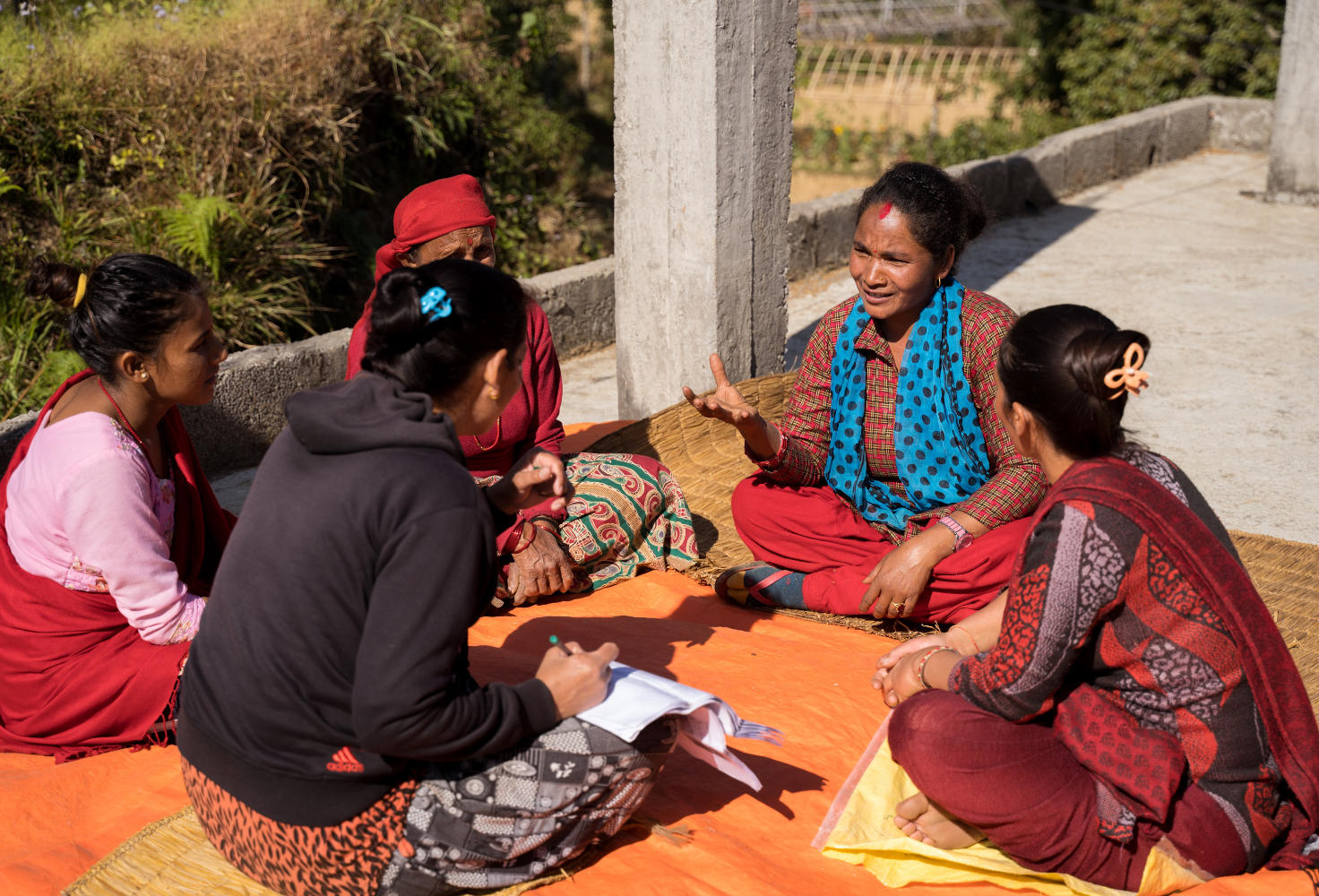
CARE NEPAL
CARE started its operations in Nepal in 1978 and is one of the first international aid agencies to work in the country. During the last 4 decades, CARE Nepal has been working with the most vulnerable communities of Nepal to address the issues of poverty and social injustice, along with challenging harmful social practices, building capacities and empowering livelihoods. Today CARE Nepal works to address systemic and structural causes of poverty and social injustice such as discrimination based on gender, caste, class, ethnicity or geography. CARE supports humanitarian actions to address vulnerabilities from climate change and natural disasters.
CARE works with marginalized women and adolescent girls to ensure their empowerment, well being and dignity through social transformation and access to quality social and economic services. To achieve this, CARE partners with a range of stakeholders, including local NGOs and other civil society organizations, social movement, government agencies, research and academic institutions, private sector and donors to support the most vulnerable communities and populations. CARE Nepal aims to ensure that 2.5 million women and girls of Nepal have economic, social and political power and resilience to overcome poverty and social injustice by 2025

CARE INTERNATIONAL

